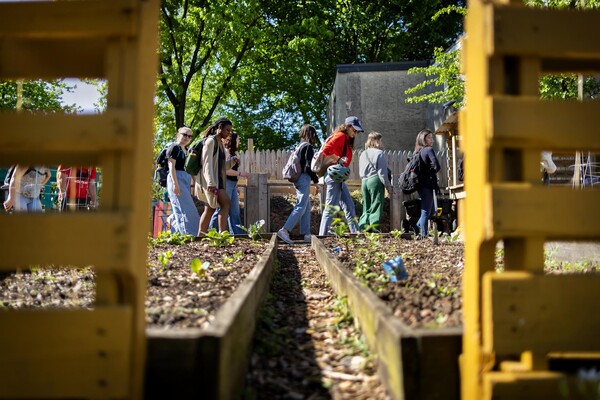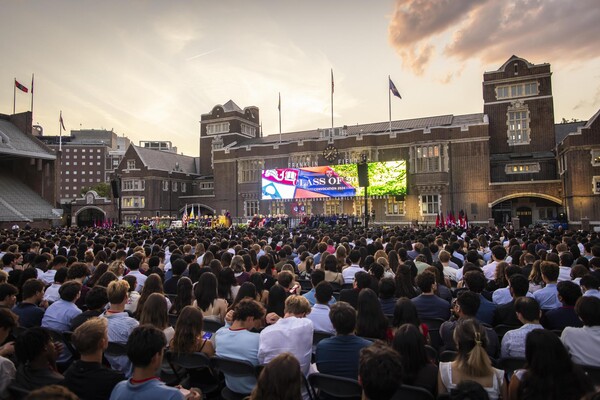New plan for Penn Museum
By JUDY HILL
One of the grandest buildings on campus, Penn Museum is also one of the most confusing. “It’s a mish mash” says David Chipperfield, the renowned British architect recently hired to come up with a master plan for the century-old building.
The problem, says Chipperfield, whose previous commissions include major renovation and restoration work on the Neues Museum in Berlin, is that as the museum has evolved from “treasure box” to research building, its spaces just haven’t kept pace.
As different directors over the years have tried to figure out how to show off both objects and scholarship, the rambling complex has become more and more perplexing to the average visitor, with no clear route through the exhibits and an entrance that seems to hide away from public view.
The last major rethink, an ultra modern 1960s addition by Mitchell and Giurgola, was “provocative,” says Chipperfield, in the way that it “banged into the historic building,” but it did nothing to clarify the museum’s research and collections.
Since then a handsome new collections storage wing has been added (in 2002) and the entrance courtyard has been thoroughly spruced up. Before any other major building projects are begun, Richard Leventhal, the museum’s director, says it’s vital to stand back and develop an overarching plan that speaks to the museum’s mission.
“We’ll take it all to bits, try and understand it and put it back together,” says Chipperfield. Whether or not that will involve much visible alteration to the historic building is unclear.
“We don’t want to make any big statements or leave fingerprints over everything just to say ‘I was here,’” says Chipperfield. “Design is a tool, not a thing in itself, and we’re not interested in architecture for the sake of architecture. We’re here to help the institution find its shape. The layer we add may be very quiet and if it’s not, there must be a reason we add to the architecture. There are already a lot of layers here.”







